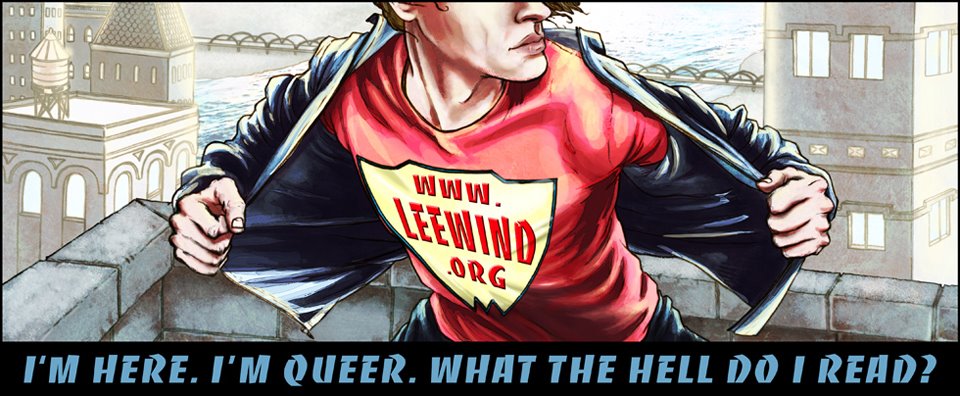The Gay History of America’s Classic Children’s Books:
From “Frog and Toad” to “Where the Wild Things Are,” many of the most enduring 20th-century titles share a secret language of queer compassion.
I love the title, and learning about this not-much-discussed overlap of queer history and children's literature. Two of many highlights from the article published last month:
“Frog and Toad” — a series of four picture books by Arnold Lobel, originally published between 1970 and 1979 — is not gay-themed. But it’s not not gay-themed either. The title characters are best friends, both male, who essentially spend their lives together. Toad, shorter and wartier, is a worrier. Frog, sleeker and greener, is an ameliorator....
But Lobel is careful to make Frog and Toad entirely nonsexual. They sleep apart, and Toad even dons a modest Edwardian bathing suit when he swims. Instead of innate animal passion, they model the elements of love that have to be discovered and cultivated: companionship, compromise, acceptance, good humor. They get into scrapes separately but get out of them together, which is not a bad definition of marriage....
Lobel’s gayness, when I learned of it much later, seemed like something I should have known all along; it lurked everywhere in his words and pictures. I don’t know how any parent, reading the stories aloud, uttering phrases like “Come back, Frog. I will be lonely!” in a heartsick, croaky voice, could avoid being forced into intimate sympathy with the animal and thus the author. Which is not to say Frog and Toad could turn you gay. But in their gentleness, their sensitivity to small gestures and their haze of slowly dispersing sadness, the stories were part of the literature of otherness that had been a central theme of adult fiction forever, if only more recently of children’s.and
...Among the foxed hardbacks still standing sentry in my sons’ abandoned childhood bedroom are “The Gashlycrumb Tinies” by Edward Gorey (1963), “Strega Nona” by Tomie dePaola (1975), the “George and Martha” series by James Marshall (1972 to 1988) and several by Maurice Sendak, including “Where the Wild Things Are” (1963) and “In the Night Kitchen” (1970). Also still extant is “The Runaway Bunny” (1942) by Margaret Wise Brown; her “Goodnight Moon” (1947) would be there, too, if it hadn’t long since disintegrated, from overuse, into a pile of dark green dust.
These books are connected not merely by having found favor in our family — and probably yours; in various configurations and collections, “Frog and Toad” still sells more than 500,000 copies a year. Nor is it just their hushed contemplation of aloneness and connection that links them. It’s also that all of their authors were gay. (Tomie dePaola, at 84 the only one living, still is.)
The whole article by Jesse Green is well-worth reading!
As a queer children's book creator myself, reading this felt like a song of my tribe-within-a-tribe, and for that I'm grateful.
The light in me recognizes and acknowledges the light in you,
Lee
960.jpg)

















1 comment:
What a wonderful article! Thank you for posting about it.
Post a Comment